Methamphetamine powder
$35.00 $27.00
Meth (Methamphetamine) salt/powder:
Meth (Methamphetamine) treats attention deficit hyperactivity disorder (ADHD). Also used short-term, along with a low calorie diet, for weight loss in obese patients who have not been able to lose weight on other therapies. This medicine is a stimulant.
You can buy Meth (Methamphetamine) powder online cheap (in low price).
product price is as: per gram
Minimum order quantity is: 10 grams
The two most common types of meth are a crystalline powder and a shiny, glass-like form of the drug known as crystal meth. The drug is also sold in pills. A less common form is a waxy, gooey oil called meth base.
Whatever the form, the illegal stimulant delivers an intense and energetic high. It can cause dangerous side effects, including a rapid and irregular heartbeat, an elevated body temperature, convulsions and even death. People who use the drug regularly can easily develop a meth addiction.
The color of meth is usually white or translucent, but it can also appear yellow, brown, orange or pink. It comes in a variety of colors depending on how it is made and what it is cut with.
Meth manufacturers have been known to add food coloring or dye to batches of meth to help peddle their product. They have reportedly added blue coloring to the drug to mimic the supposedly pure blue meth produced by the fictional character Walter White in the popular TV series “Breaking Bad.”
But pure meth isn’t blue — it’s colorless.
Powdered Meth
Crystalline powder is a common form of meth that is frequently snorted. Because it dissolves in water and alcohol, it can also be injected into a vein. Some people swallow it.
Powdered meth can resemble cocaine or chalk dust depending on how coarse it is. While the powder is usually white to off-white in color, it can also appear yellow, pink or in various other shades.
The processes and materials used to make the drug affect its color. Cooking meth using red pseudoephedrine tablets, for instance, can give the powder a pink or reddish color. Solvents such as camping stove fuel can give the drug a bluish tint. Meth manufactured with gun scrubber, a gun cleaning product sold in hardware and sporting goods stores, can have a green color.
Certain ingredients can make meth smell like rotten eggs or urine — but the bitter-tasting drug often has no odor.
Learn more about what meth smells like
Crystal Meth
Powdered meth can be converted into crystal meth, a more potent form of the drug that resembles shiny fragments of glass, quartz or rock salt.
Crystal meth is made by dissolving meth powder in a solvent, such as acetone or denatured alcohol. As the mixture evaporates, crystals form around the edge of the mixing container. The clear, chunky crystals that develop are usually translucent, but they may be bluish-white in appearance.
This form of meth — also known as crystal, glass or ice — is typically smoked or injected. It triggers a longer-lasting high than powdered meth and more pronounced physical effects.
Small doses of crystal meth will rev up a person’s energy levels and dampen their appetite. But using large amounts, or using it on a regular basis, can cause severe psychiatric issues, including paranoia, hallucinations and violent rages. Other signs of meth use include weight loss, tooth decay, meth sores and frequent scratching.
Learn more about the signs and symptoms of meth abuse
Methamphetamine Tablets
Meth is sometimes sold as a pill known as yaba. The colored tablets, which contain a mix of caffeine and approximately 30 percent methamphetamine, are usually green or reddish-orange. They tend to be smaller than aspirin tablets.
Like ecstasy and other club drugs, yaba is frequently stamped with logos, most commonly the letters R or WY.
While people usually swallow yaba, some melt the pills and inhale the vapors. Others crush and snort yaba. It can also be mixed with solvents and injected into a vein.
The pills are primarily produced in Burma and sold in Thailand. But they have also been trafficked into the United States through the mail.
Yaba is most popular in East and Southeast Asia, but meth pills have also made a splash in the U.S. rave scene, according to the Drug Enforcement Administration.
Liquid Meth
Drug smugglers often dissolve meth in water and traffic the drug in liquid form. Liquid meth is a dark yellow, syrupy fluid that is usually stored in liquor bottles and other common containers.
Meth is rarely sold on the streets as a liquid. After it is trafficked, it is usually boiled back into a powder for consumption or sale.
Reviews
There are no reviews yet.



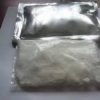
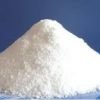
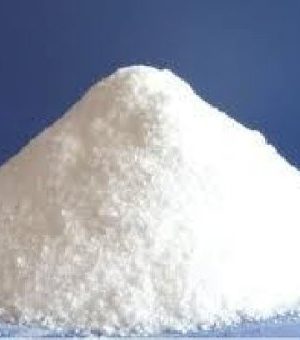
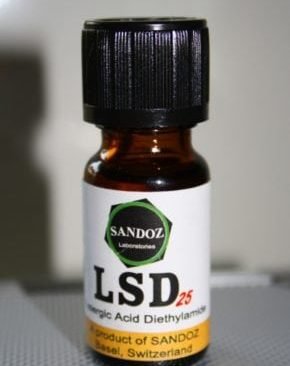
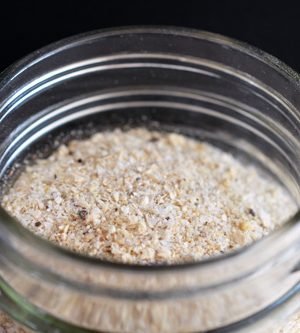
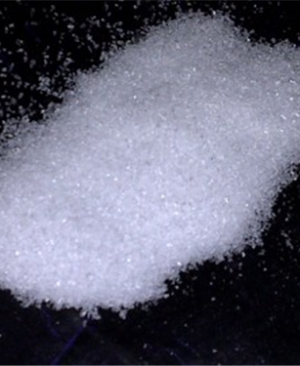
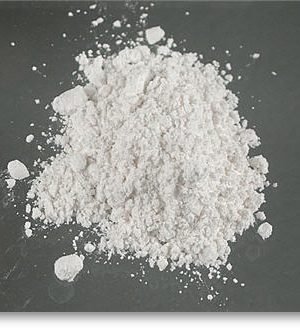


Be the first to review “Methamphetamine powder”